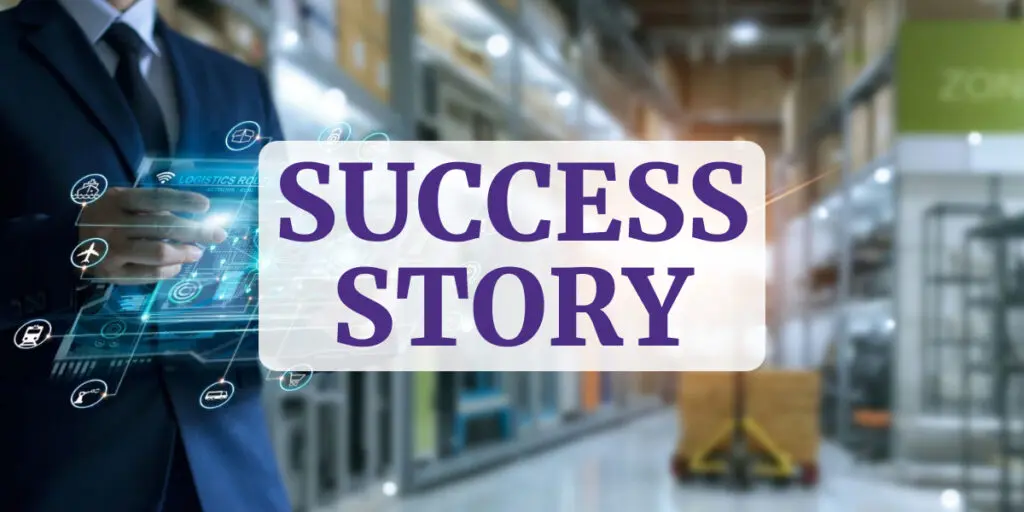Background
Allied Logistics engineered a new material delivery route and standardized processes for warehouse operations to address an industrial manufacturer’s plagued line-down time caused by an inability to efficiently move raw material to the production line.
Process
Conducted Value Stream Map and Value Stream Design:
In this step, a thorough analysis of the existing processes and workflows within the organization was performed. This involved creating a visual representation of the entire value stream, from the initial input of resources to the final delivery of the product or service. The Value Stream Map provided a comprehensive view of each step involved and helped identify any bottlenecks, inefficiencies, or areas of improvement. Subsequently, a Value Stream Design was developed to outline the desired future state of the value stream, incorporating changes and enhancements to optimize the process flow and overall efficiency.
Created Project Roadmap with Deliverables, Timelines, and KPIs:
To guide the project’s execution and ensure successful outcomes, a project roadmap was crafted. This roadmap provided a structured overview of the project’s objectives, key deliverables, specific timelines for completion, and measurable Key Performance Indicators (KPIs) to gauge progress and success. By clearly defining these elements, the roadmap served as a navigational tool for the project team, stakeholders, and management to track and monitor the project’s advancement and accomplishments.
Implemented Kanban Pull Systems for Raw Material Replenishment:
The implementation of Kanban pull systems aimed to streamline the replenishment process of raw materials. Kanban is a visual signaling system that helps control inventory levels and production flow. By utilizing Kanban cards or signals, the system signaled the need for raw material replenishment based on consumption rates. This approach prevented overstocking and minimized shortages, leading to more efficient resource management, reduced waste, and improved production efficiency.
Created Layered Process Audit for System Breakdowns and Escalation:
The creation of a layered process audit introduced a structured method to identify and address potential system breakdowns within the organization. This multi-level audit process involved systematically reviewing each layer of the organization’s processes, from the operational level to the management level. The audit aimed to catch deviations, inefficiencies, or quality issues early on, allowing for timely intervention. Additionally, the audit process facilitated an organized escalation path, ensuring that significant issues could be promptly addressed and resolved by management, preventing further complications and ensuring consistent process improvement.
Result
Over the span of just 8 months, the organization experienced a substantial surge in its production output, boasting an impressive increase of nearly 47%. This achievement signifies a significant milestone in the organization’s pursuit of enhanced efficiency and operational excellence.

